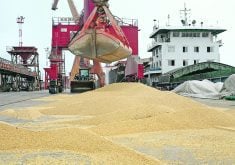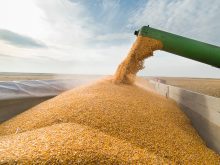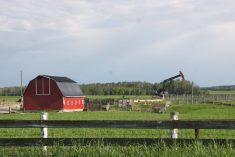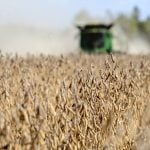When Ken Fulchur took over an abandoned pea mill in Saskatoon in 1989, he braced himself for the worst.
He had long experience with wheat flour milling and knew that fighting grain and flour beetles is a never-ending war. At CSP Foods, where he’d worked before, a small department did nothing but sweep, clean and fumigate the facility to stop the insects from getting out of control.
The pea mill he was now in charge of had sat locked for more than two years, with 60 tonnes of peas left inside untended, free to any bugs that wanted to come along, eat, breed and multiply.
Read Also
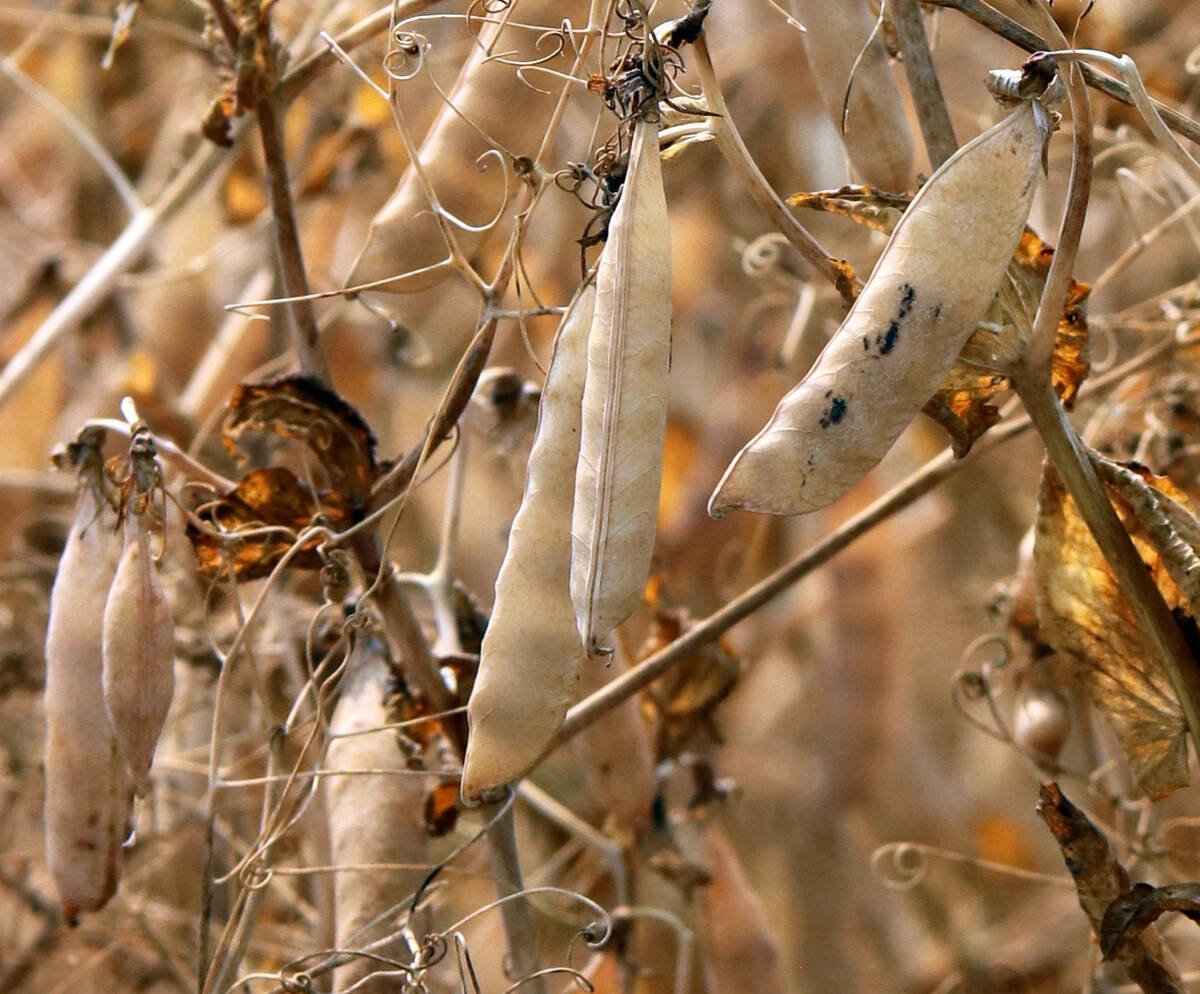
Trump’s tariffs take their toll on U.S. producers
U.S. farmers say Trump’s tariffs have been devastating for growers in that country.
He had a shock when he opened the building.
“We didn’t find one – not one,” said Fulchur, who manages the mill for Parrheim Foods.
“If that had been wheat flour, it would have been walking away.”
Even in the nooks and crannies of the building there were no bugs at all, as if something far more effective than malathion had been used to spray the whole structure.
It was a mystery, but one that Fulchur thought he might be able to solve.
He thought there must be something in the peas that kills or drives away grain and flour beetles.
So about a year after re-opening the mill, he visited some other flour mills in Saskatoon and “borrowed” some of their insects. He put them in jars that contained a mixture of pea protein flour and wheat flour and watched what happened.
The bugs in the jars with the highest concentrations of pea protein died quickly, while the ones with less took longer to die. But regardless of the speed, peas appeared to be lethal to the bugs that make a miller’s life miserable.
Fulchur contacted Agriculture Canada research scientist Paul Fields, who was excited by Fulchur’s discovery.
Various chemical treatments showed signs of losing their effect on grain pests, so anything that could provide an alternate treatment could help farmers and millers, Fields thought.
He started testing peas, pea components and cereals and how bugs interacted with them.
His work over the past six years has proven that a pea peptide appears to drive off and sometimes kill stored grain pests. Bugs flee cereal grains treated with a sprinkling of the pea flour and subsequently starve.
“The insects were running,” said Fields of one test in which escaping bugs were caught in traps and counted.
Bugs forced to stay in the pea-treated grain stop eating and die.
The test results are obvious. On a recent tour of Agriculture Canada’s Winnipeg research centre, Fields
revealed two small grain bins Ð one treated with pea protein flour and one left untreated.
On top of the grain in the treated bin, a handful of bugs wandered about, looking small and insignificant in the sea of wheat kernels.
The grain in the untreated bin couldn’t be seen. It was hidden under a writhing, red and black carpet of rioting insect life. There were so many bugs that people looking into the bin could hear them.
Fields said the extract, if applied at 0.1 percent of the weight of the cereal grain it’s mixed with, kills 90 percent of rice weevils and between 50 and 70 percent of rusty grain beetles. It has similar results with other common grain bugs.
Fields has produced an extract of the pea protein and patented it in hopes of producing a commercially attractive product. But he says that could take three more years, and still needs more research.
“You need something that works, something economical, something that’s simple,” said Fields.
The product works, he said, but whether it can be made cheaply enough to be commercially viable remains to be seen. It also has to be approved by Health Canada, which oversees all food treatment approvals.
Fields said producing a natural, non-synthetic grain and flour treatment would be safe for humans to apply.
“It is amazing that you can get a food and feed product that will control insects.”






